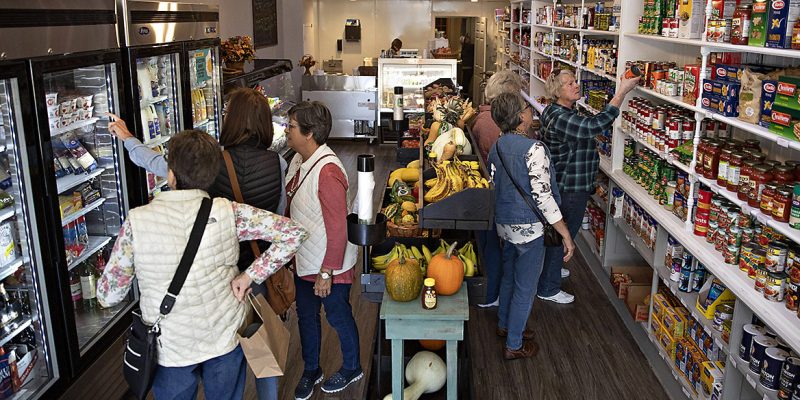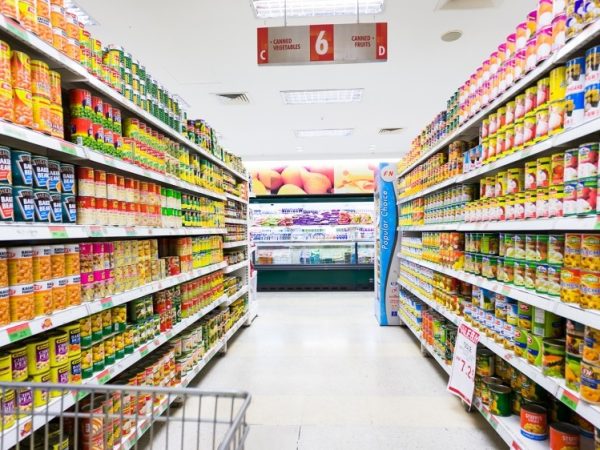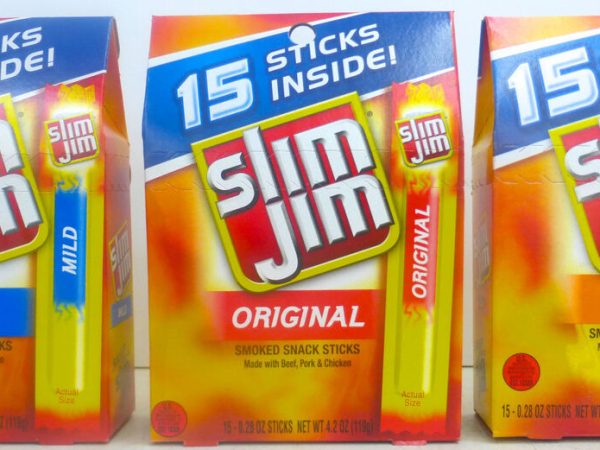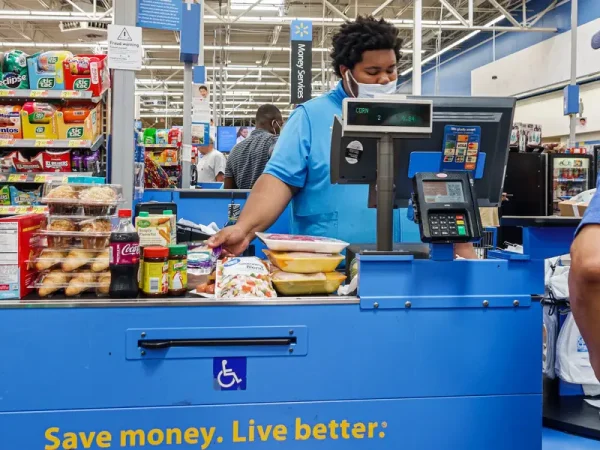Small Grocery Shop: Tips for Success, Benefits, and How to Start

A small grocery shop is more than just a convenience store—it’s a vital part of the local community. These shops offer essential items, personalized service, and a sense of connection that large supermarkets often lack. Whether you’re thinking about starting a small grocery shop or looking to improve your existing business, understanding key strategies can help you succeed in this competitive industry.
In this article, we’ll explore the benefits of running a small grocery shop, step-by-step guidance on how to start one, and tips for attracting and retaining customers.
Why Small Grocery Shops Are Important
Small grocery shops play a significant role in their neighborhoods, providing essential goods and services to customers who value convenience and personal touch.
Key Benefits:
- Convenience: Located near residential areas, small grocery shops save customers time and effort.
- Personalized Service: Shop owners often know their customers by name, building strong relationships.
- Community Connection: Small shops contribute to the local economy and foster a sense of community.
- Flexibility: Owners can adapt their inventory to meet the specific needs of their customers.
How to Start a Small Grocery Shop
Research and Planning
Before opening a small grocery shop, conduct market research to understand the demand, competition, and preferences in your area.
- Identify Your Target Audience: Determine the needs of local residents.
- Analyze Competition: Study nearby grocery shops to identify gaps you can fill.
- Create a Business Plan: Outline your goals, budget, inventory, and marketing strategies.
Choose a Suitable Location
The location of your grocery shop can make or break your business. Look for areas with:
- High foot traffic.
- Easy accessibility.
- Proximity to residential neighborhoods.
Obtain Necessary Licenses and Permits
Ensure your business complies with local laws and regulations by securing the required licenses, permits, and registrations.
Stock Your Inventory
Choose a mix of essential items and specialty products tailored to your target audience.
- Essentials: Bread, milk, eggs, fruits, vegetables, snacks, and beverages.
- Specialty Items: Organic products, ethnic foods, or locally sourced goods.
- Pro Tip: Monitor sales trends to adjust your inventory based on customer demand.
Set Up Your Shop
Design a welcoming layout that makes it easy for customers to find what they need.
- Organized Shelves: Group items logically (e.g., snacks in one section, dairy in another).
- Appealing Displays: Use signage and promotions to highlight popular items.
- Clean and Inviting Space: Keep your shop clean and well-lit to create a pleasant shopping experience.
Hire and Train Staff
If you plan to hire employees, ensure they are trained to provide excellent customer service and manage inventory effectively.
Benefits of Owning a Small Grocery Shop
Low Startup Costs
Compared to larger retail businesses, small grocery shops require lower capital investment.
Steady Income
Since grocery items are essential, there’s a constant demand for them, ensuring a stable revenue stream.
Flexibility in Operations
Owners can set their own hours, choose their inventory, and build strong relationships with regular customers.
Potential for Growth
With the right strategies, a small grocery shop can expand to include new products, services, or locations.
Tips for Running a Successful Small Grocery Shop
Focus on Customer Service
Friendly and helpful service can turn one-time shoppers into loyal customers.
- Greet customers warmly.
- Offer assistance in finding products.
- Handle complaints professionally and promptly.
Keep Prices Competitive
Compare your pricing with nearby shops to ensure you’re offering fair prices while maintaining a healthy profit margin.
Offer Promotions and Discounts
Attract more customers with special deals like:
- Weekly discounts.
- Buy-one-get-one-free offers.
- Loyalty programs that reward repeat customers.
Diversify Your Inventory
Regularly update your product range to meet changing customer preferences.
- Introduce seasonal items (e.g., holiday treats).
- Include trending products like plant-based snacks or eco-friendly goods.
Leverage Technology
Use technology to streamline operations and improve customer experience.
- Point of Sale (POS) System: Simplify transactions and track inventory.
- Online Presence: Create a website or social media pages to share updates and promotions.
- Delivery Services: Offer home delivery to cater to busy or elderly customers.
Build Relationships with Suppliers
Develop good relationships with reliable suppliers to ensure timely deliveries and negotiate better prices.
Common Challenges and How to Overcome Them
Competition from Supermarkets
- Focus on personalized service and unique products to differentiate your shop.
- Highlight local or specialty items not found in larger stores.
Managing Inventory
- Use inventory management tools to track stock levels and avoid overstocking or shortages.
Rising Costs
- Optimize expenses by buying in bulk, negotiating with suppliers, and reducing waste.
Promoting Your Small Grocery Shop
Social Media Marketing
Share promotions, new arrivals, and updates on platforms like Facebook and Instagram.
Community Involvement
Sponsor local events or donate to community initiatives to build goodwill.
Word of Mouth
Encourage satisfied customers to recommend your shop to friends and family.
Loyalty Programs
Reward regular customers with discounts, free items, or exclusive offers.
Conclusion
A small grocery shop is more than just a business—it’s a cornerstone of the community, providing convenience, service, and essential goods to local residents. By focusing on customer needs, maintaining competitive pricing, and leveraging technology, you can build a thriving business that stands out in today’s market.
With careful planning, dedication, and a customer-first approach, your small grocery shop can become a trusted destination for everyday essentials and a lasting part of your community. Take the first step today and start building a successful venture!
FAQs
1. What is a small grocery shop?
A small grocery shop is a retail store that offers essential household items, food, and beverages, typically serving local neighborhoods.
2. How much does it cost to start a small grocery shop?
Startup costs vary but typically range from $10,000 to $50,000, depending on location, size, and inventory.
3. What items should I stock in a small grocery shop?
Stock essentials like bread, milk, fruits, vegetables, snacks, and beverages, along with specialty items based on customer preferences.
4. How can I compete with larger supermarkets?
Offer personalized service, competitive pricing, and unique products like locally sourced or specialty items.
5. Is owning a small grocery shop profitable?
Yes, with proper planning, efficient operations, and customer-focused strategies, small grocery shops can be highly profitable.
Also read: Villa Amazonas: 10 Reasons Why It’s a Must-Visit Destination










